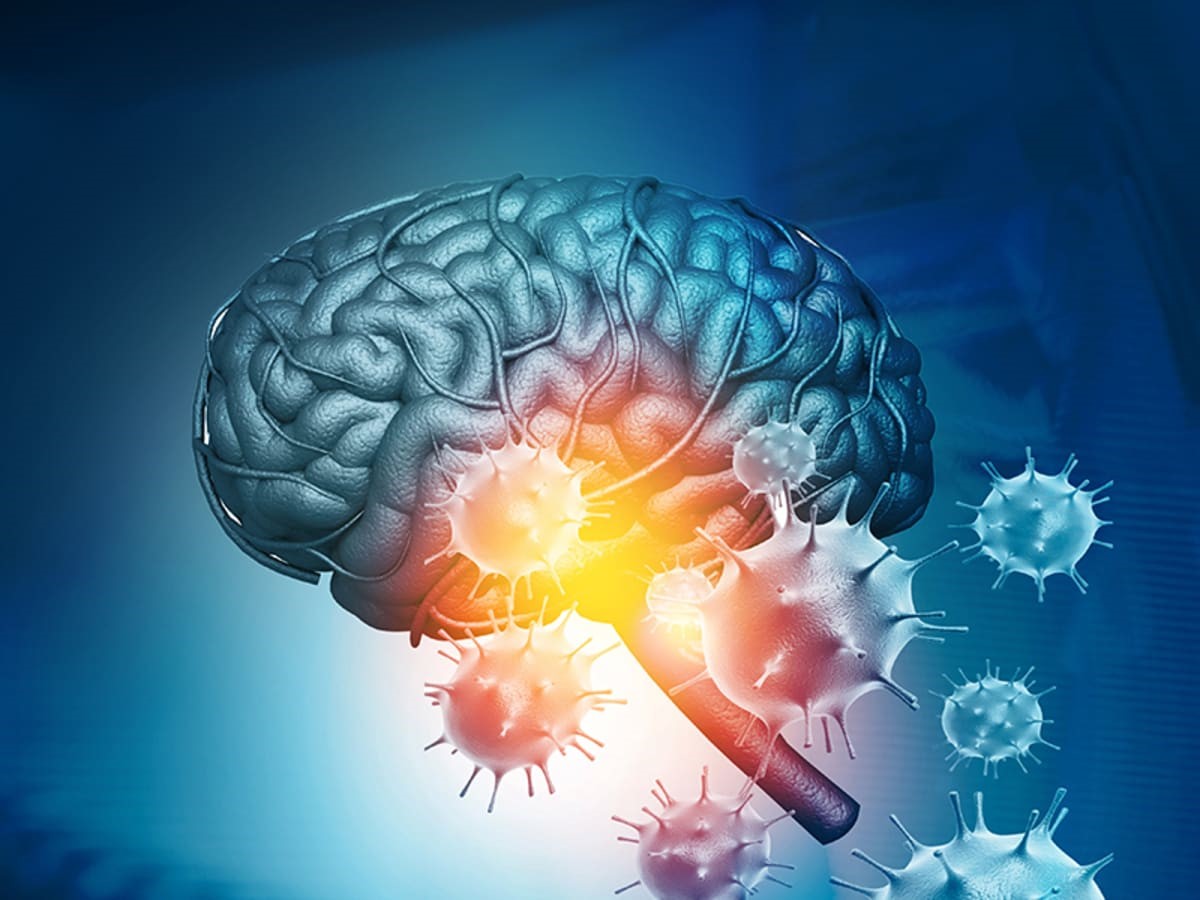The choice of optimal neuroprotective infusion therapy in ischemia/reperfusion in the combination treatment of patients with ischemic stroke in the acute period
Abstract. The objective is to evaluate and compare the dynamics of severity of the patient’s condition and severity of neurological deficit, the state of blood rheology in persons with ischemic stroke against the background of basic therapy with the additional use of neuroprotective infusion therapy and correction of hematoelectrolyte changes and to compare it with the course of the disease in patients receiving only standard basic therapy.
Materials and methods. The study included 80 patients of the Odesa Regional Clinical Hospital in the acute period of ischemic stroke. Patients of the control group received basic therapy in accordance with the clinical protocol (the Order of the Ministry of Health of Ukraine No. 602 dated August 3, 2012), including magnesium sulfate solution. Patients of the main group were divided into three subgroups. They received basic and combined neuroprotective therapy: Citocon (sodium citicoline), Ringer’s lactate solution, Neurocitin (sodium citicoline + Ringer’s lactate).
Results. The results of our study showed positive dynamics of neurological deficit on the National Institutes of Health Stroke Scale, the Barthel index, an increase in the proportion of awake patients or a mild consciousness impairment on the Glasgow Coma Scale in patients of the main group who received additional treatment with Citocon (starting from day 5) and Neurocitin (starting from day 3), compared with the control group of patients taking magnesium sulphate and with group receiving Ringer’s lactate solution. Conclusions. Combined balanced isotonic infusion solution with sodium citicoline (Neurocitin) allows performing an earlier “awakening” in the acute period of ischemic stroke compared to Ringer’s lactate solution or citicoline sodium in 200 ml of 0.9% NaCl solution. Neurocitin has a slightly more positive effect on the regression of the neurological deficit on the NIHSS and the Barthel index in comparison with Ringer’s lactate solution or citicoline sodium in 200 ml of 0.9% NaCl solution. The combined use of Neurocitin with basic therapy in the acute period of ischemic stroke has advantages over standard treatment.
Keywords: stroke; reperfusion; Neurocitin; neuroprotective infusion therapy


